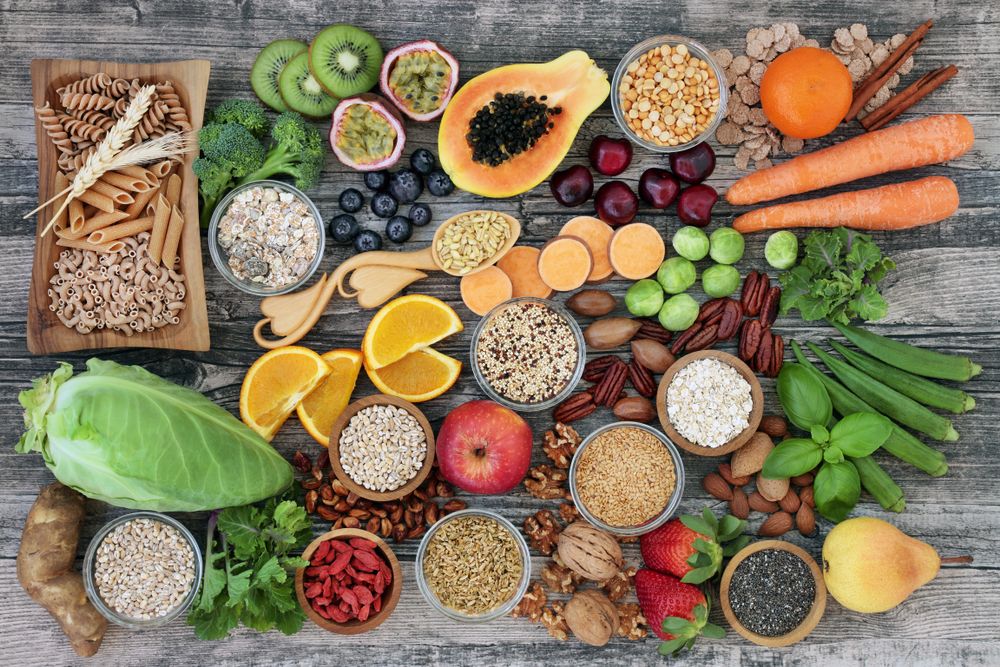Fiber is a hot topic in the health community, often highlighted due to the inadequate intake among Americans. While it may seem repetitive, the truth is that integrating a high-fiber diet is pivotal for fostering vitality and well-being.
Let's delve into the fundamentals: what exactly is fiber? Fiber constitutes a type of carbohydrate distinct from others in that it doesn't fully break down during digestion. It's predominantly sourced from plant-based foods and can be categorized into two main types: soluble and insoluble. Soluble fiber dissolves in water, forming a gel-like substance that decelerates digestion. Consequently, it aids in managing cholesterol levels and regulating blood sugar. Conversely, insoluble fiber adds bulk to stool and promotes healthy movement through the digestive system. Most foods contain a blend of both types, with the ratio varying depending on the food type.
Why the big deal about fiber? Well, this nutrient packs a punch when it comes to health benefits, such as reducing cholesterol levels, enhancing gut health, aiding in weight loss and management, and even potentially extending lifespan. According to the 2020-2025 Dietary Guidelines for Americans, it's recommended to consume at least 14 grams of fiber per 1,000 calories of food, or around 28 grams for an average 2,000-calorie diet.
Continue reading to uncover more about the incredible advantages of incorporating fiber into your diet.
1) It can help you feel more full.

A significant advantage of consuming a high-fiber diet is its ability to promote feelings of fullness, allowing you to feel satisfied with less food.
Harvard Health notes that soluble fiber attracts water from the gut, forming a gel-like substance that slows down the rate of digestion. These fibers, as described by the National Library of Medicine, "prolong gastric emptying time," meaning it takes longer for food to move from the stomach to the small intestine, consequently delaying hunger.
2) Fiber can improve your gut microbiome.

Maintaining optimal gut health is pivotal for disease prevention and overall well-being, and a high-fiber diet plays a pivotal role in achieving this.
Dietary fibers undergo fermentation by the gut microbiota, resulting in the production of "beneficial microbial metabolites." These metabolites serve as energy sources for gut cells and play critical roles in regulating metabolism, bolstering the immune system, enhancing brain health, and even mitigating inflammation. According to a review published in Nutrients, a high intake of fiber is associated with a more diverse gut microbiota.
However, due to a nationwide decline in fiber consumption over the past few decades, gut health has suffered, contributing to the rise in disease rates.
3) You'll be more regular.
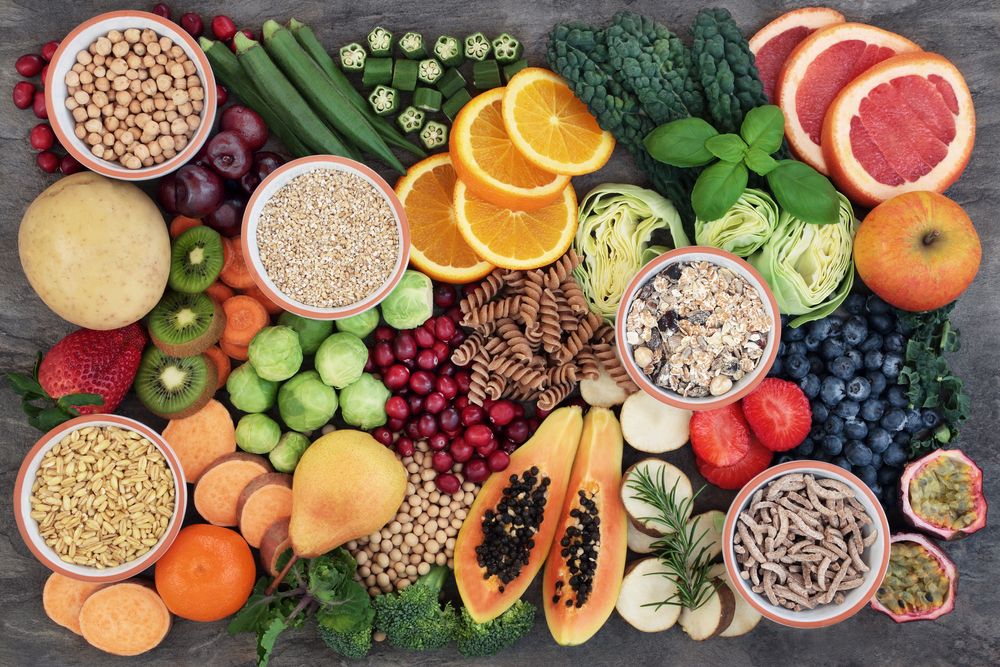
If you frequently experience the discomfort of constipation, it might indicate the need to boost your fiber intake. High-fiber foods can aid in maintaining regularity and preventing constipation by softening stool, and facilitating smoother passage. Beyond short-term digestive regulation, a high-fiber diet has been shown to mitigate the risk of various gastrointestinal diseases and disorders.
4) Fiber can improve your metabolism.

In addition to its myriad benefits, ensuring an adequate fiber intake may also positively impact metabolism.
A study conducted in 2017 and published in the American Journal of Clinical Nutrition examined the disparities between consuming refined grains (which are highly processed and contain minimal fiber) and whole grains (grains in their more unprocessed form, boasting higher fiber content). Upon completion of the study, the group consuming whole grains exhibited a higher resting metabolic rate. Researchers posit that this finding may be attributed to the influence of fiber on weight loss and weight management.
5) It can help you lose or manage weight.

If you're embarking on a weight loss journey or aiming to shed a few pounds, incorporating more high-fiber foods into your diet can prove to be a valuable strategy in achieving your goals.
According to findings from The Journal of Nutrition, higher fiber intake correlates with increased weight loss and improved adherence to dietary plans involving calorie restriction.
This association with weight loss stems from several key effects that high-fiber foods exert on the body. Firstly, as mentioned earlier, fiber-rich foods enhance feelings of fullness and promote prolonged digestion, often resulting in reduced calorie intake compared to foods lacking fiber content. Additionally, fiber plays a crucial role in promoting gut health and fostering a diverse gut microbiota. According to research published in the journal Gut Microbes, a more diverse gut environment has been linked to enhanced weight loss outcomes.
6) It can lower cholesterol.
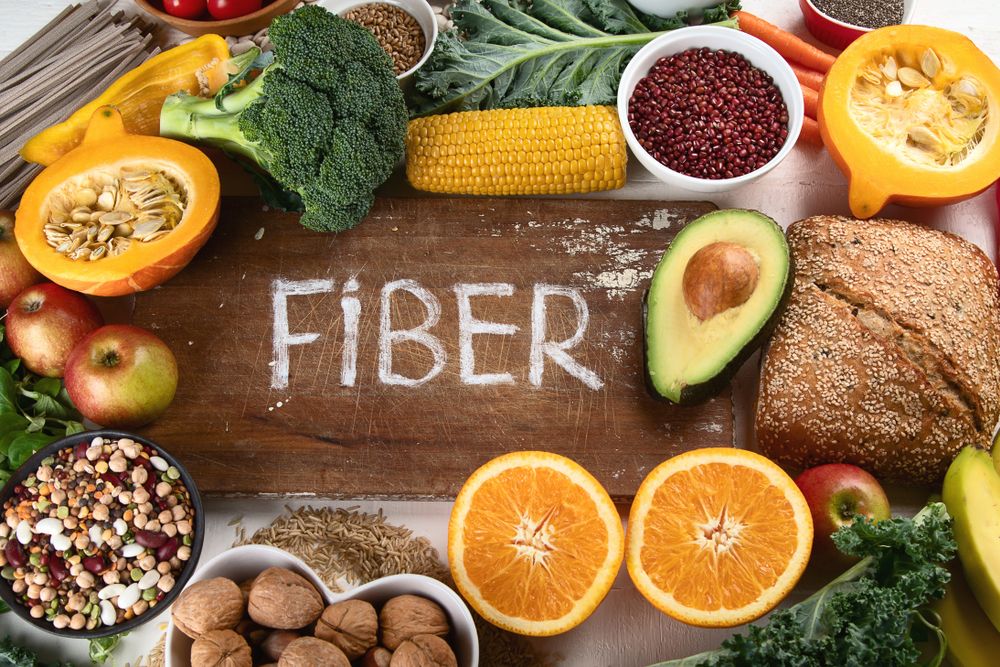
A high-fiber diet offers numerous benefits, ranging from weight management and gut health to improved digestion. However, fiber intake is also closely associated with heart health, particularly concerning cholesterol levels.
Soluble fiber, in particular, plays a significant role in reducing the absorption of cholesterol in your bloodstream, thus aiding in lowering LDL cholesterol levels (often referred to as the "bad" cholesterol). According to insights from the Mayo Clinic, even a modest intake of five to 10 grams of soluble fiber per day can lead to a decrease in cholesterol levels.
7) It can help reduce inflammation.
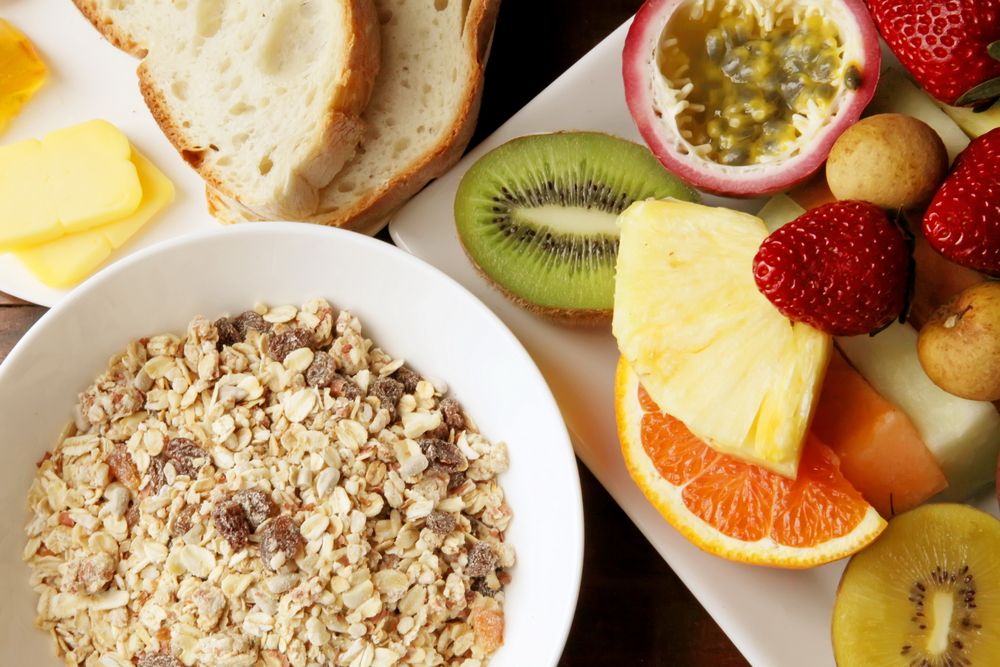
The array of benefits associated with fiber continues to expand, with research indicating that a high-fiber diet may play a role in reducing chronic inflammation—an important symptom and potential contributor to various common diseases such as Alzheimer's, cardiovascular disease, arthritis, and type 2 diabetes.
According to a report published in the American Journal of Clinical Nutrition, diets rich in fiber offer protection against what is known as "C-reactive protein," a prevalent inflammatory marker in the body. Essentially, higher levels of C-reactive proteins signify increased inflammation. Therefore, researchers have leveraged these findings to advocate for the use of fiber as a dietary approach to manage inflammation.
8) Fiber can help you manage your blood sugar.
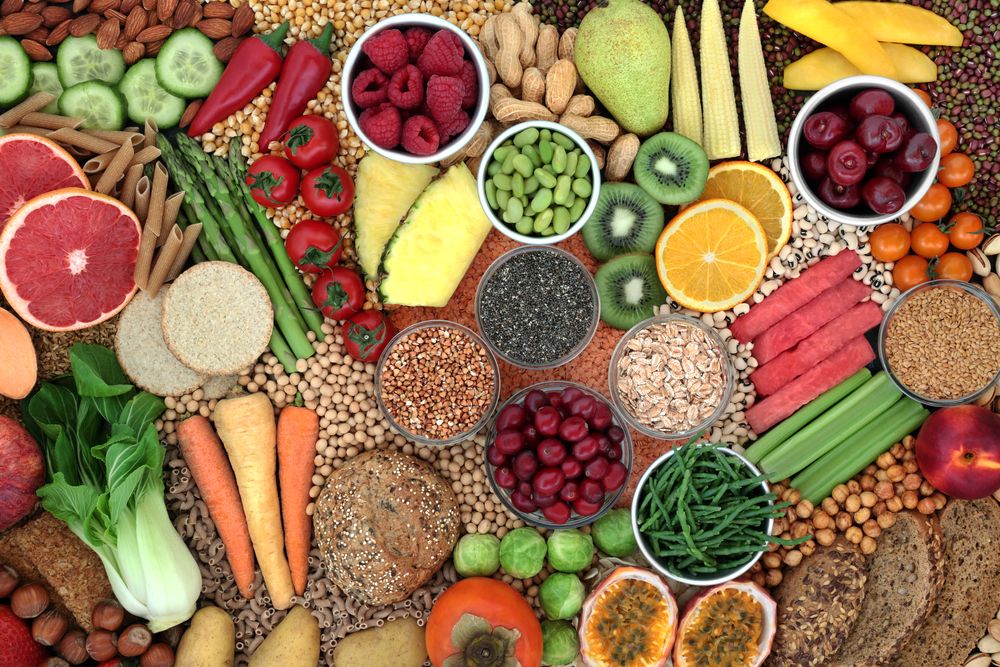
For individuals monitoring their blood sugar levels, increasing fiber intake can prove to be a beneficial solution. In fact, according to the CDC, fiber is often hailed as the "carb that helps manage diabetes" due to its capacity to regulate blood sugar.
But what exactly accounts for this connection to blood sugar? Essentially, it stems from the fact that fiber undergoes digestion differently from other carbohydrates. Typically, your body breaks down carbohydrates into glucose, which then enters the bloodstream, potentially raising blood sugar levels. However, fiber cannot be broken down into glucose and simply passes through the body. As a result, high-fiber foods can help mitigate rapid blood sugar spikes following carbohydrate-rich meals.
9) It can reduce your risk of heart disease.
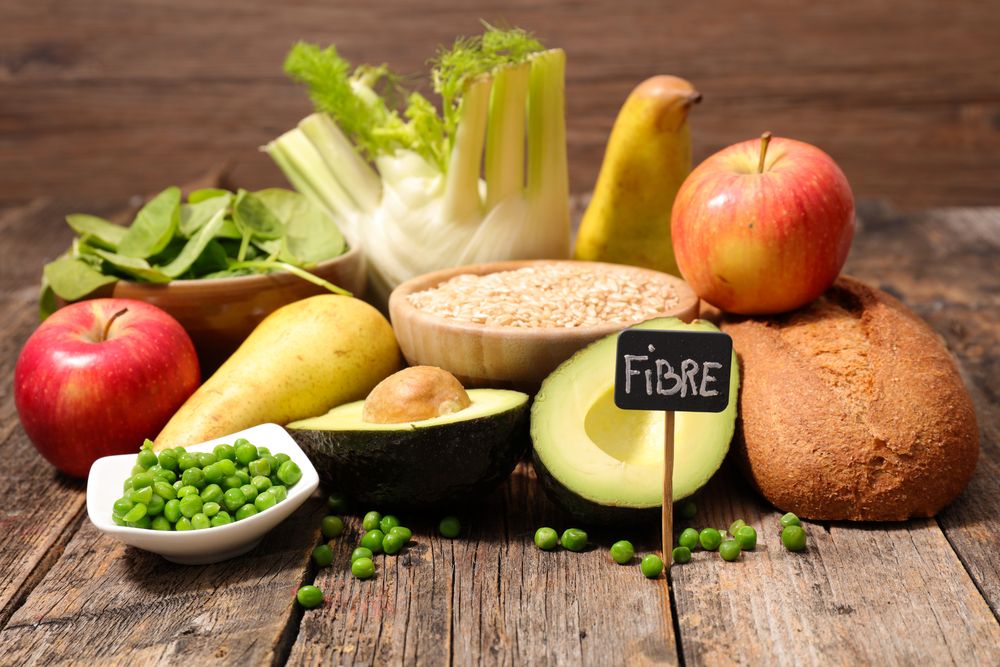
Abundant research indicates that adopting a high-fiber diet can significantly diminish the risk of cardiovascular disease (CVD) and related heart complications. For example, a study published in BMC Public Health in 2022 revealed that increasing fiber intake could notably decrease the likelihood of CVD, particularly among participants aged 20-39 and 40-59.
Moreover, as we've come to understand, high-fiber diets possess the ability to lower cholesterol levels and alleviate chronic inflammation, both of which are prevalent factors contributing to the risk of heart disease.
10 ) Fiber is linked to a longer life.
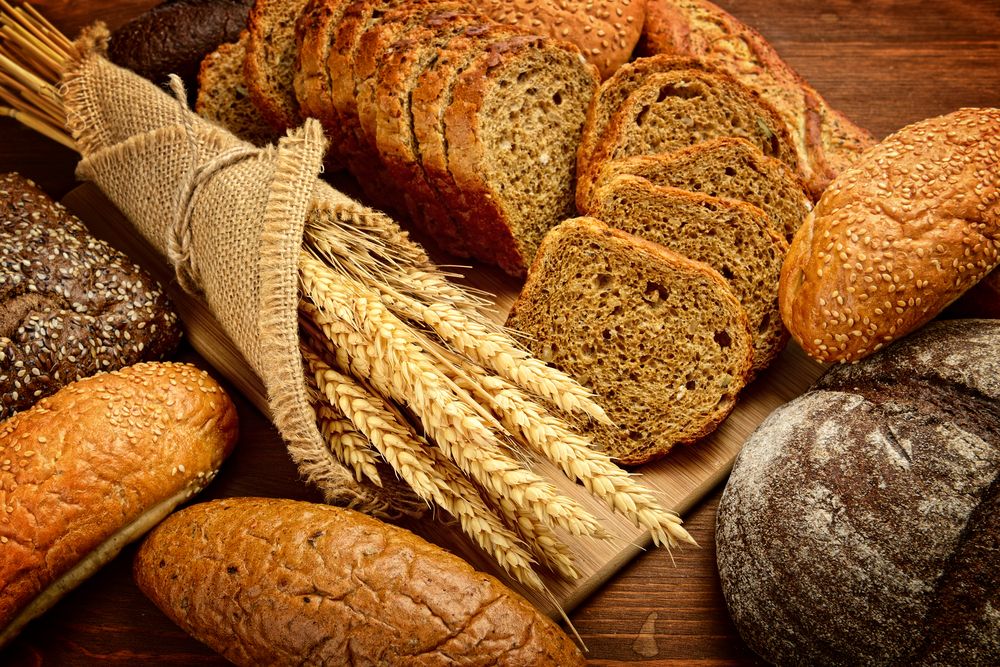
It's hardly shocking when you consider the multitude of other remarkable benefits associated with a high-fiber diet, but research underscores that adequate fiber intake can indeed contribute to a longer life.
A study published in the Archives of Internal Medicine revealed that consuming fiber is associated with a decreased risk of premature death, while a report in Nutrients concluded that fiber intake is linked to longevity and a reduced incidence of disease. Echoing these findings, the Mayo Clinic advocates for increasing fiber consumption due to its potential to lower the risk of cardiovascular disease and cancer-related mortality.

